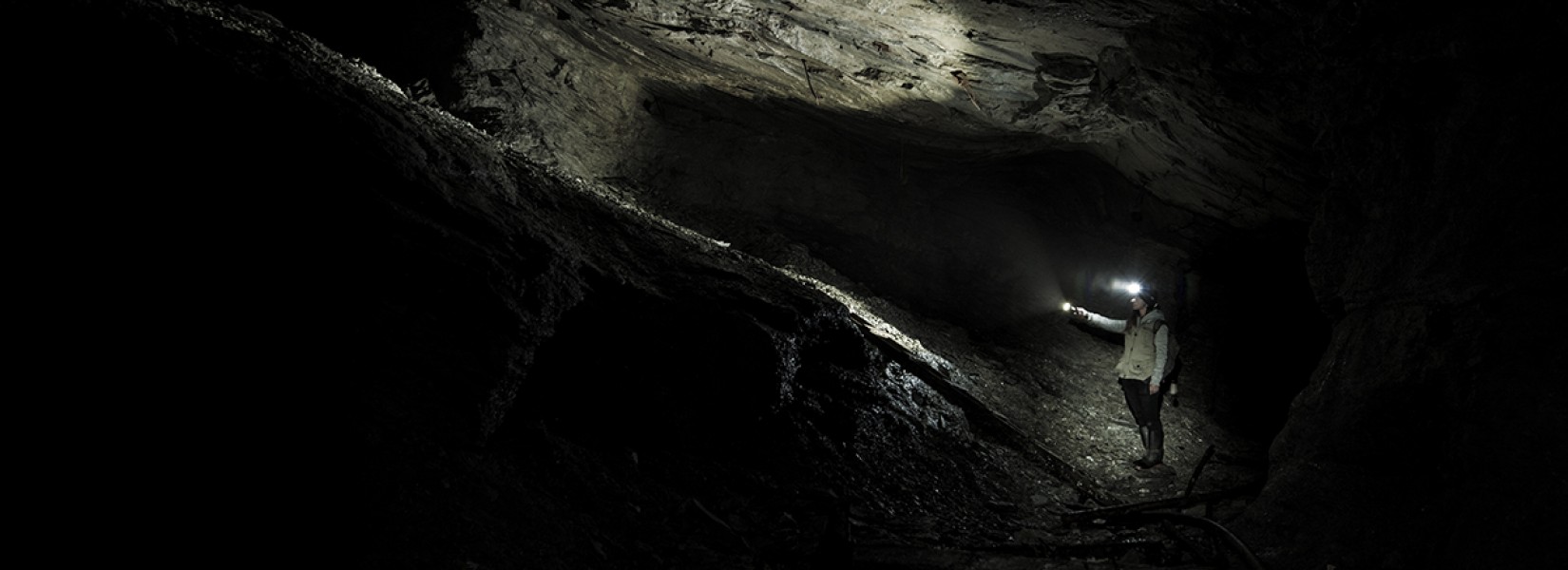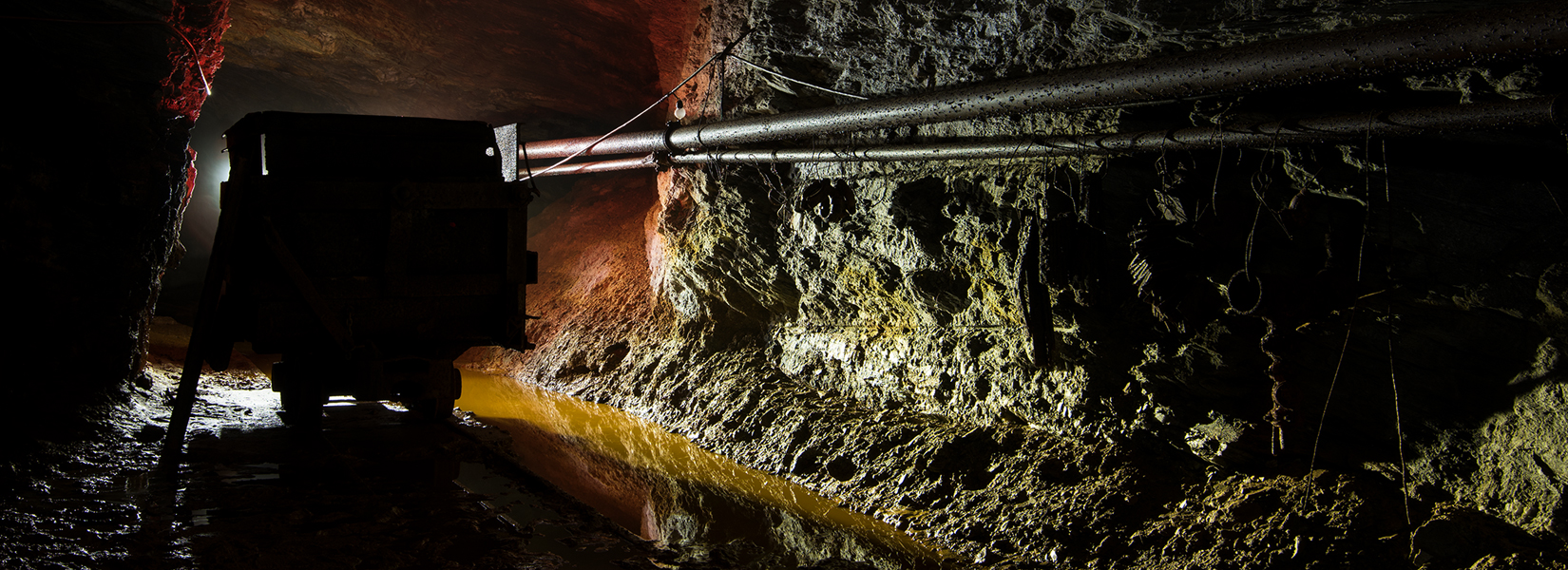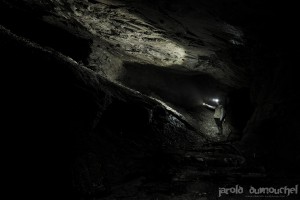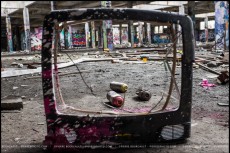From the outside, there is no indication that the plant is abandoned. No window is doomed and there is no "for sale" sign. Even the structure of the building is still in very good condition. I myself had doubts when I heard about it for the first...
The old and abandoned mine
A walk in the mountain bowels
Heavily damaged by the time, the old copper mine is closed for several years. While its lower floors are completely flooded with muddy and stagnant water, the ground floor was, meanwhile, weakened by a sedimentary rock ceiling that collapsed in some places.
Inside the mine, the relics of a bygone era await there, gnawed by the rust. 30 centimeters of opaque water cover the rails and make this walk risky. The water is cold and you don't see your feets. The humidity through you like a sieve. Ten degrees Celsius also separate the external temperature from the inside. The place is quiet. Except for our feet in the water, we hear only these drops of water falling from the ceiling. In some places, limestone stalactites have formed and are about 30 centimeters long.
When you enter the tunnel, it only takes a few tens of meters to discover a small locomotive, once used to pull wagons filled with the precious ore that was processed on site in facilities located at the exit of the mine.
A little further into the tunnel, we find this old elevator that was used to send the miners in the depths of the mountain. Cemented in order to secure the area, this room is surprising with its ceiling located fifteen meters above the ground. Installations for the elevator are astonishing for this confined area.
Few meters from there, empty wagons located in the different tributaries of the tunnel give us a idea how deep these tunnels goes.
In some places, the contact with water, air and various minerals have gave multiple colored walls. From green to orange through the white, black and yellow, the beauty of the place is surprising.
Related content
The building, called the Omnipac, is for sale and the sellers offer a touch of humor to attract potential buyers. "Completely renovated," says the sign even if there is a graffiti invasion on every walls and all windows are missing. The place is...
Destroyed in 2004, the Terken brewery was a huge industrial complex of more than four hectares. Located in the Union area in Roubaix, near Lille, the factory was, at one time, a symbol of "close symbiosis" between the company and its community...
No doubt, this is a mysterious building. There is no reliable information about this abandoned building on the Internet. Impossible to corroborate the details found here and there. Indeed, even the name of the building can’t be confirmed. While...





























